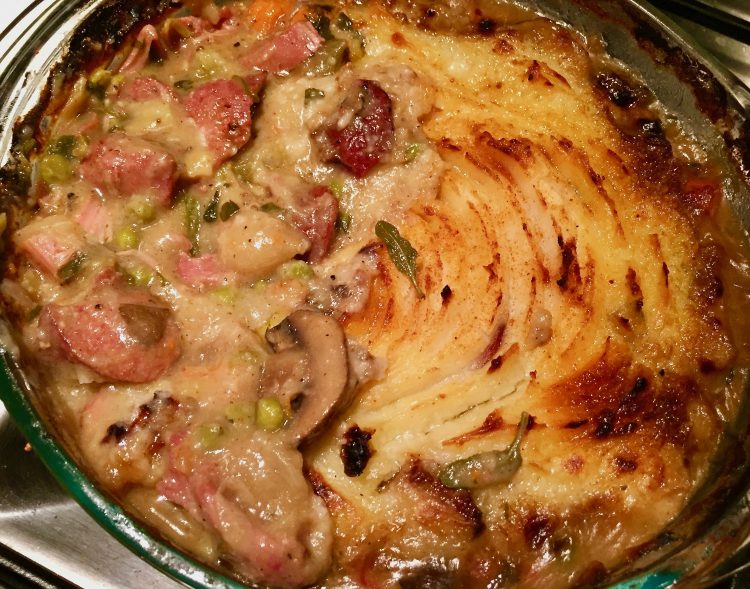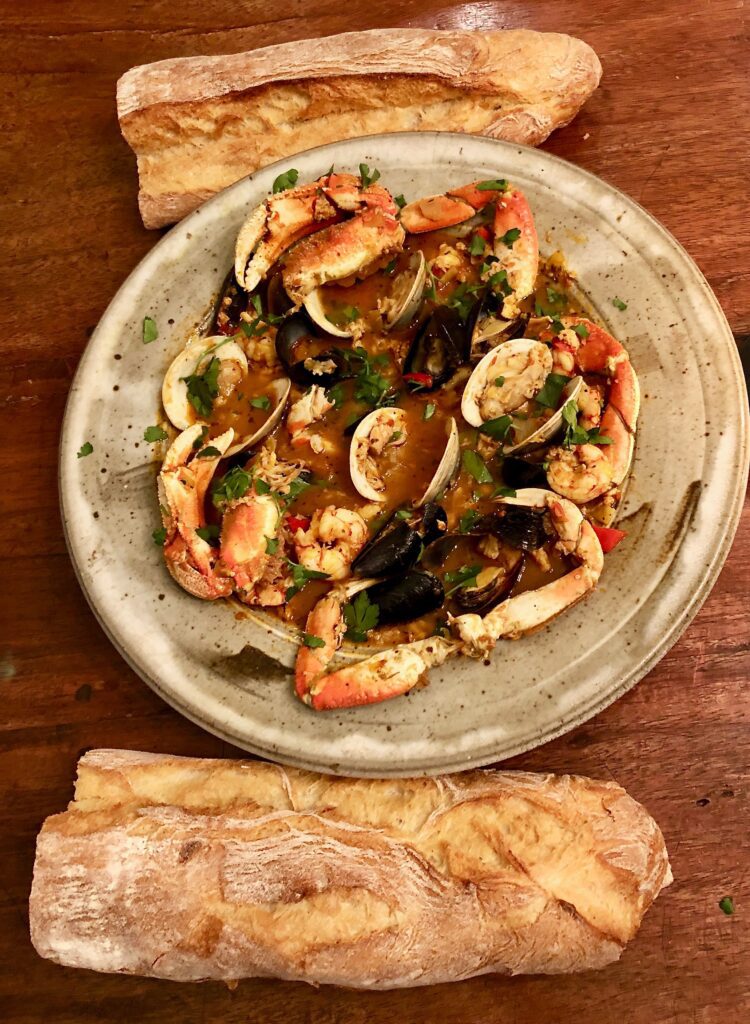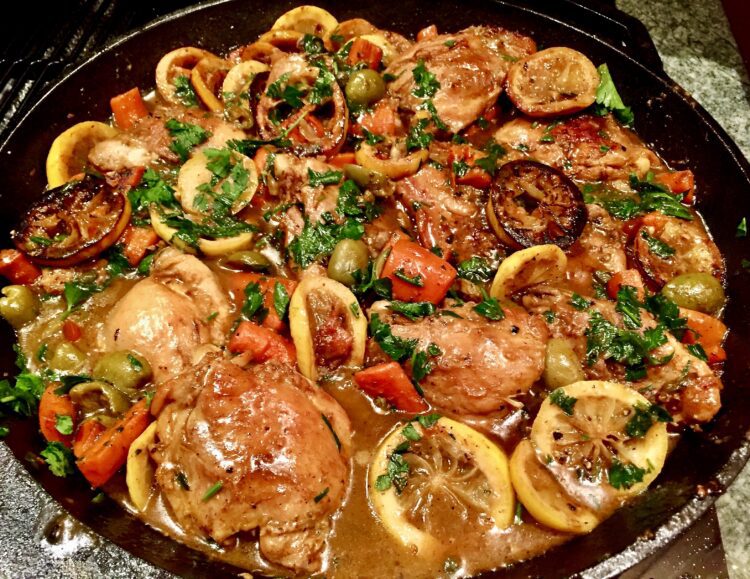We first tasted this classic New England meal, appropriately enough, in the food hall of Harrod’s in London, many years ago. It was a revelation. This feast has a timeless wildness to it, that speaks of a life lived outdoors and long ago, and of the fireplace and hearth, the warmth of home in a rugged country. This is a meal created by rural working folks and those who hunted and labored in the outdoors and in the garden.
Video
Cioppino
Beginning in the late 1800s, the commercial fishing fleet out of San Francisco’s North Beach and Fisherman’s Wharf was dominated by Italian fisherman, usually from the port city of Genoa. But some boats were manned by a mix of fisherman from many other nations. Working side by side with the Italians were Portuguese from Lisbon, Mexicans from Baja, Spaniards from Barcelona, Frenchmen from Marseille, Chinese fisherman who had been in the city for many years fishing for shrimp, and there were even some highly skilled long range seafarers from Basque. Cioppino became so popular among the families in the bay area that it began to be served as street food for laborers along the wharf and by 1906, after the devastating earthquake, it was served in several restaurants in town. It is a classic San Francisco feast and always eaten with the wildly popular local crusty sourdough bread.
Sicilian Lemon Chicken
This beautiful Sicilian dish is amazing in its simplicity… one big pan is all the gear you need! This amazing feast speaks to us of rustic lands, blazing sun, and a robust full of life people with a reverence for tradition and the family harvest table. When our family and friends feast on this Sicilian chicken, folks say it’s like being transported to that rustic sun drenched soulful island, with all the umami tastes of seared lemons and olives, and the patina of chicken thighs simmered in virgin olive oil and capers. A bunch of our friends who have tasted this umami bomb have asked for more info about the history of this feast, since historical context is a big part of our blog and cookbook… so let us tell you about the Moors who created this dish.


